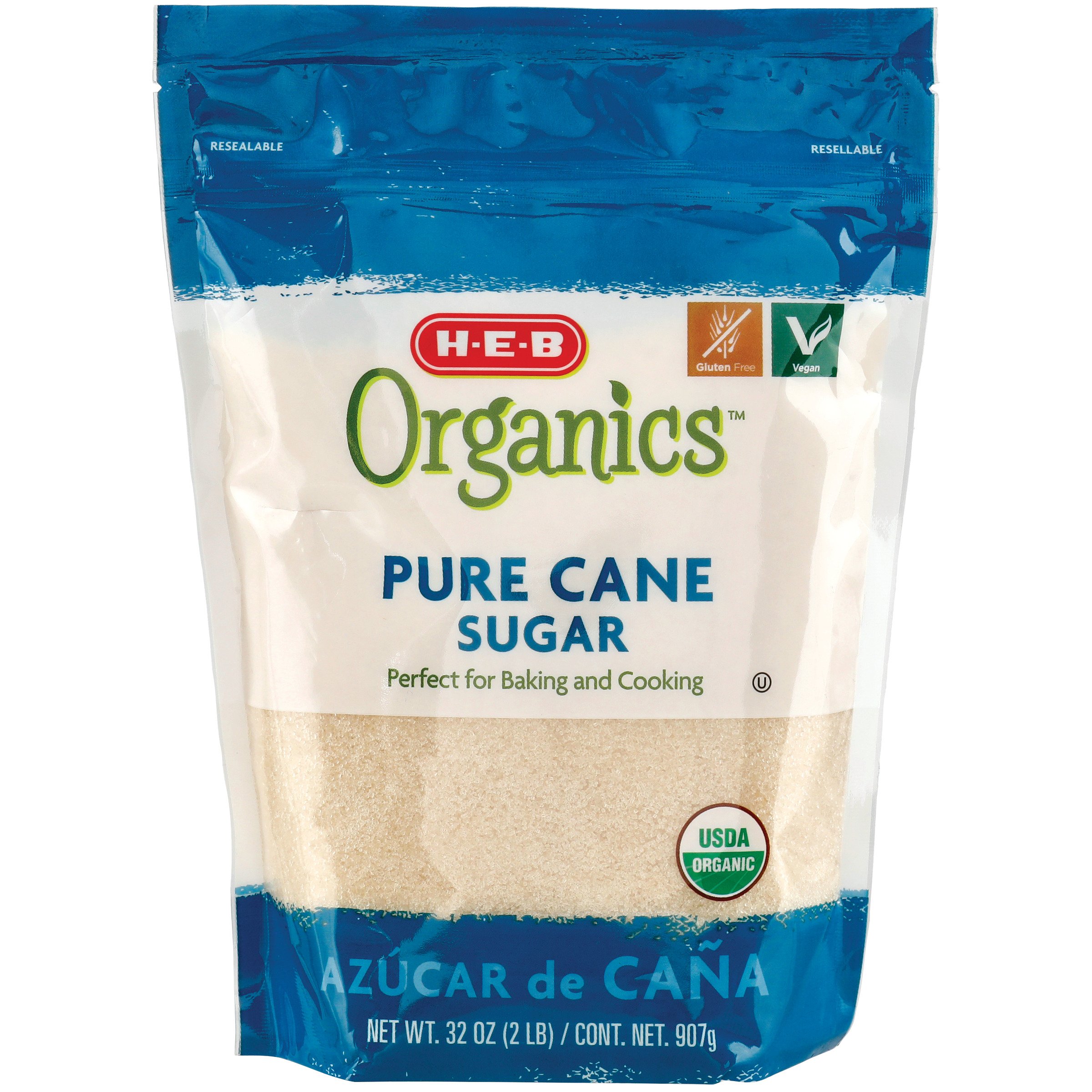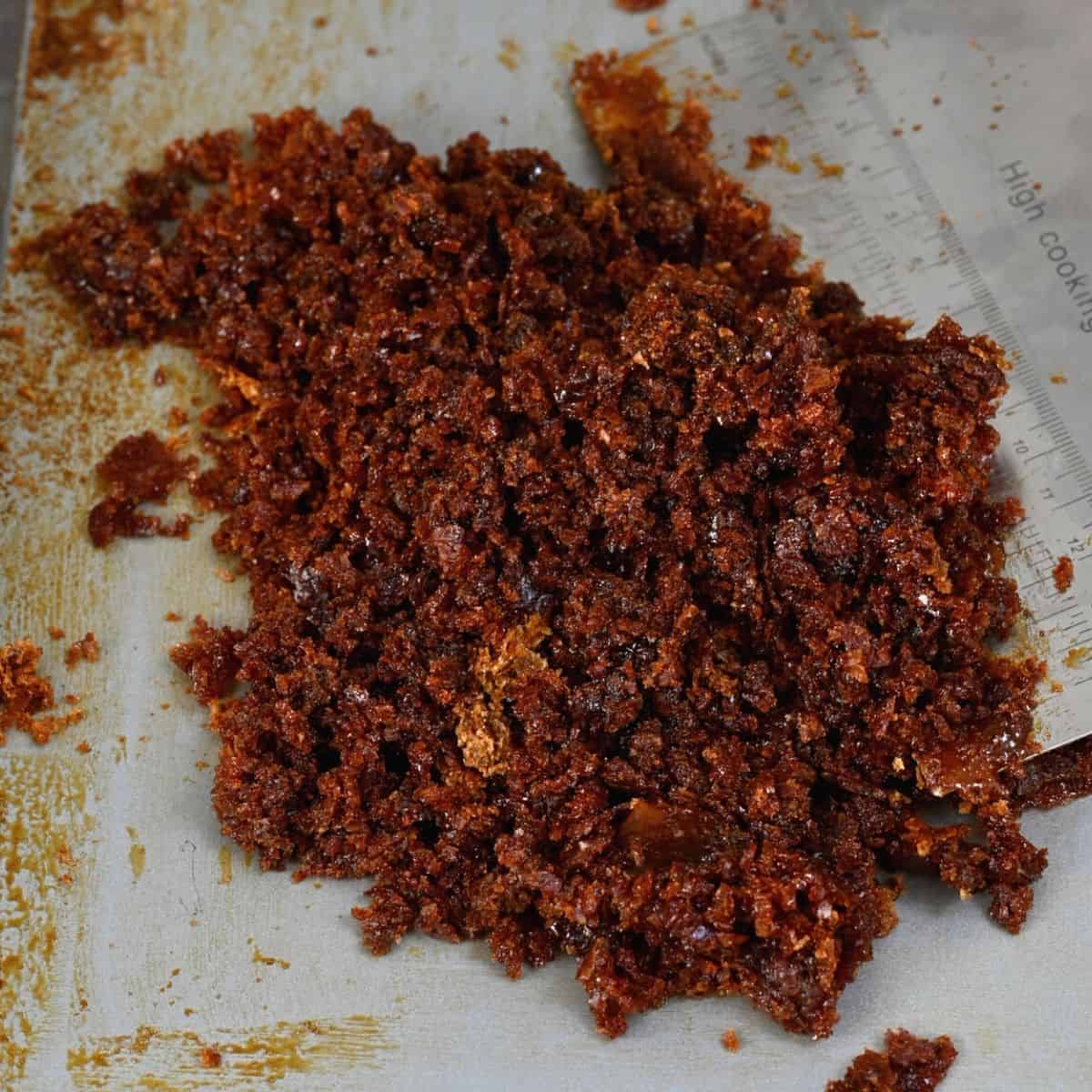An In-Depth Guide to the Environmental Effect and Sustainability Practices in Walking Stick Sugar Handling
The ecological impact of cane sugar handling offers an intricate selection of obstacles that warrant mindful examination. From dirt destruction and too much water use to the carbon impact connected with farming and manufacturing, the effects of traditional practices are far-ranging. On the other hand, the fostering of cutting-edge sustainability procedures uses a path toward more liable manufacturing techniques. Comprehending the interplay in between these problems is critical for stakeholders in the sector. What details techniques can be executed to strike a balance between productivity and ecological stewardship? The responses depend on a closer look at both the obstacles and possible remedies.
Introduction of Walking Stick Sugar Processing
Cane sugar handling involves a collection of methodical steps that change sugarcane into polished sugar. Initially, gathered sugarcane is delivered to processing centers, where it goes through cleaning up to get rid of soil and particles. Following this, the cane is crushed to remove juice, which is then made clear by eliminating contaminations via heating and the enhancement of lime.
The cleared up juice undertakes evaporation, where water is eliminated to focus the sugar content. This focused syrup is after that crystallized via cooling, enabling sugar crystals to form. These crystals are separated from the staying syrup making use of centrifugation, resulting in raw sugar. To achieve refined sugar, the raw item goes through more purification processes, which may include filtering system and washing to eliminate staying contaminations and shade.
The end product is after that dried out and packaged for circulation. Throughout this whole procedure, maintaining efficiency and quality control is necessary to ensure the sugar meets market requirements. Each step in walking stick sugar processing not just contributes to the end product however likewise has effects for source usage and waste generation, establishing the stage for discussions on sustainability and environmental effects related to sugar production.
Ecological Difficulties of Production
The production of walking cane sugar provides several considerable ecological obstacles that warrant focus. One main worry is the considerable use agrochemicals, including chemicals and plant foods, which can result in soil destruction, biodiversity loss, and contamination of neighborhood water resources. The drainage from sugarcane fields usually lugs these chemicals right into nearby environments, interrupting aquatic life and affecting the health of communities reliant on these water bodies.
Another obstacle is the high power usage connected with sugarcane handling. The boiling and refining phases require significant warm, mainly produced by burning fossil fuels, adding to greenhouse gas discharges. Additionally, the large acreage needed for sugarcane growing can lead to logging and habitat damage, further aggravating climate adjustment and threatening wildlife.
In addition, the labor methods in some regions elevate ethical issues, as workers may face bad working conditions and poor salaries. This scenario commonly perpetuates a cycle of destitution in neighborhood neighborhoods. Cane Sugar Processing. Addressing these environmental obstacles is vital for developing a lot more lasting practices in walking cane sugar manufacturing, eventually profiting both the setting and the neighborhoods included in this industry
Water and Land Use Effect
Water sources and land utilization are essential parts in the walking stick sugar market that significantly impact the atmosphere. The farming of sugarcane calls for substantial water input, with estimates suggesting that it can take in approximately 2,000 liters of water per kg of sugar generated. This extensive usage of water frequently causes deficiency of neighborhood water sources, impacting not just the sugarcane plantations but also surrounding environments and areas that count on the very same water resources for farming and domestic use.

In addition, land use for sugarcane cultivation can cause deforestation and the conversion of all-natural environments into monoculture vineyards. This practice decreases biodiversity, interferes with local environments, and adds to soil deterioration. The development of sugarcane fields typically encroaches on useful farming land, creating competitors for sources between food and biofuel production.
Sustainable methods, such as maximizing irrigation methods and applying crop turning, are important to alleviate these influences. By taking on much more effective water use and land management techniques, the walking cane sugar industry can minimize its eco-friendly impact, guaranteeing a balance in between farming performance her explanation and environmental preservation.
Greenhouse Gas Emissions
Greenhouse gas discharges stand for a substantial ecological issue within the walking stick sugar processing market, especially as farming techniques increase to meet global demand. The cultivation of sugarcane, a crop that thrives in tropical climates, counts greatly on artificial plant foods and chemicals, which add to laughing gas exhausts. In addition, land-use adjustments, consisting of logging for brand-new sugarcane haciendas, release carbon dioxide kept in greenery and soil.
During processing, power usage is another major source of greenhouse gas discharges - Cane Sugar Processing. Numerous sugar mills utilize nonrenewable fuel sources to power machinery and create warm, resulting in substantial carbon impacts. Additionally, the transport of raw sugarcane and completed products includes layers of exhausts with gas combustion in lorries
The collective impact of these emissions aggravates environment modification, posing dangers not just to the atmosphere but additionally to the long-term stability of the industry. Stakeholders have to acknowledge the immediate need for thorough techniques that address these emissions. This includes reviewing present farming practices, processing approaches, and transportation systems to determine locations for improvement and mitigation. Addressing greenhouse gas discharges is necessary for fostering a more sustainable walking cane sugar industry in an altering environment.

Sustainable Practices and Innovations
Lasting methods and developments are significantly crucial in the cane sugar processing sector as stakeholders seek to lower environmental influences while maintaining performance. One significant innovation is the implementation of incorporated plant administration, which maximizes resource use by incorporating soil administration, insect control, and plant rotation navigate to this site methods. This strategy enhances return while minimizing chemical inputs and protecting dirt health.
Additionally, the fostering of renewable energy resources, such as biomass from sugarcane residues, has gained grip - Cane Sugar Processing. By transforming waste items into energy, refining centers can reduce their reliance on fossil gas, therefore reducing greenhouse gas exhausts
Water monitoring practices have actually additionally seen renovations through the recycling and reusing of water in processing plants, dramatically reducing freshwater consumption. Advancements in modern technology, such as accuracy agriculture, enable farmers to keep an eye on plant health and resource usage better, ensuring sustainable growing methods.
Moreover, qualification programs like Fair Profession and Rainforest Alliance encourage environmentally responsible farming practices and promote social equity within the supply chain. By embracing these sustainable practices and developments, the walking cane sugar handling market can boost its durability and add positively to ecological stewardship.
Conclusion
The ecological impact of walking cane sugar processing presents significant challenges, including soil deterioration, high water intake, and greenhouse gas discharges, click here to find out more together with moral problems associated to labor methods. Dealing with these problems through sustainable techniques, such as incorporated crop administration, renewable power adoption, and water recycling, is crucial. By advertising socially equitable and environmentally liable techniques in sugar production, the industry can alleviate its negative effects, making certain a much more sustainable future for both ecosystems and areas included in this industry.
Walking cane sugar processing entails a series of methodical steps that change sugarcane into polished sugar. Each step in walking stick sugar processing not just adds to the final item but additionally has implications for source use and waste generation, establishing the stage for discussions on sustainability and ecological effects linked with sugar production.
Greenhouse gas exhausts represent a substantial environmental problem within the cane sugar handling industry, especially as farming practices broaden to fulfill global demand.Sustainable practices and innovations are progressively essential in the walking stick sugar handling industry as stakeholders seek to minimize ecological impacts while preserving productivity.The environmental influence of walking stick sugar handling provides substantial challenges, consisting of dirt degradation, high water usage, and greenhouse gas exhausts, alongside ethical worries connected to labor techniques.
Comments on “Cane Sugar Processing: Conventional Techniques and Modern Innovations”